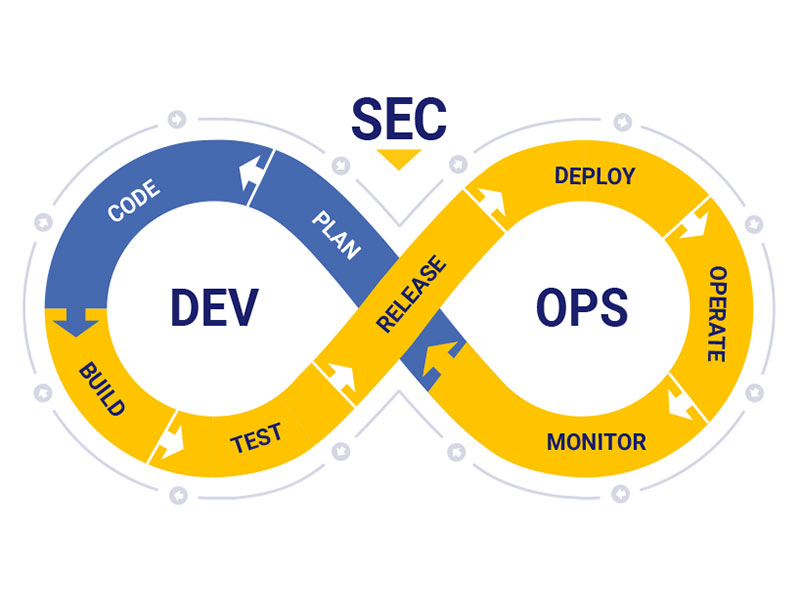DevSecOps Practices for Reducing Risks
 DevOps is the set of practices applied to build, test and release reliable software, faster. The idea is to shorten the development lifecycle and improve reliability. The focus is to stay closely aligned to the business objectives by promptly delivering the required features and fixes. The risks introduced by the rapid growth of DevOps brought in the need for introduction of better security measures during the development lifecycle itself. The DevSecOps addresses this issue by incorporating the security aspect into the rapid release cycles.
DevOps is the set of practices applied to build, test and release reliable software, faster. The idea is to shorten the development lifecycle and improve reliability. The focus is to stay closely aligned to the business objectives by promptly delivering the required features and fixes. The risks introduced by the rapid growth of DevOps brought in the need for introduction of better security measures during the development lifecycle itself. The DevSecOps addresses this issue by incorporating the security aspect into the rapid release cycles.
The key points to consider in reducing the risk before an application enters production are discussed below.
- DevSecOps is a cultural shift where security is a shared responsibility. Every individual involved should focus on the best security practises relevant to their role.
- Security is incorporated in design as a native component of the framework and functions. Security testing begins in the early development stages.
- Proper tools and automation reduce risk and optimize resources. If new tools are used, proper auditing of the tools is necessary rather than entering the enforcement mode straight away. This gives the early visibility of risk without compromising development cycle time.
- Verification of the target environment configurations with the security team in prior is needed for better application security.
- Learning culture and proper communication among the team contributes to the security aspect very much. For this, the conventional departmental walls of the organisation should be broken down to create an environment of shared data, solutions and protocols on security.
The practise of above policies enhances the security aspect of DevSecOps philosophy and is necessary in removing the risks before an application enters production.


